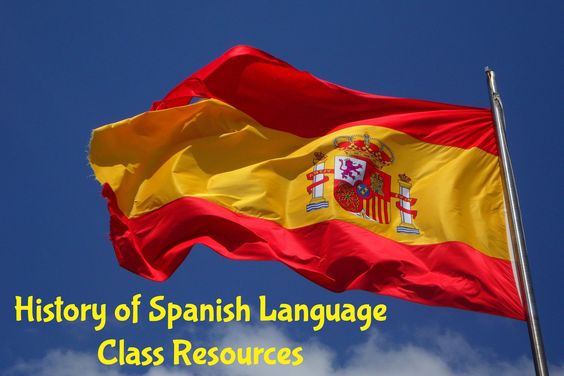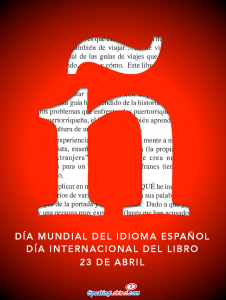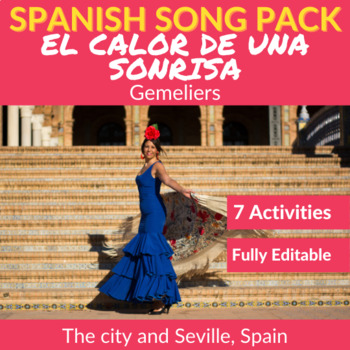
The Spanish language has its origins in the Iberian Peninsula, where it developed from a blend of languages spoken by various groups, including Celts, Iberians, and Romans. Over time, Latin became the dominant language in the region, and as the Roman Empire expanded, Latin spread throughout much of Europe.
In the 8th century, the Muslim Moors invaded and conquered much of Spain, leading to the introduction of Arabic into the region. As a result, many Arabic words and phrases were incorporated into the Spanish language.
Following the reconquest of Spain by Christian forces in the 15th century, Castilian Spanish became the dominant language. In the centuries that followed, Spanish explorers and colonizers brought the language to the Americas, where it became the official language of many countries.
In the 20th century, Spanish continued to evolve, with the emergence of regional dialects and the influence of other languages, such as English. Today, Spanish is spoken by approximately 460 million people worldwide, making it the second most widely spoken language after Mandarin Chinese.
Why students should learn the history of Spanish
Students learning Spanish should learn the basic history of the Spanish language for several reasons.
Firstly, understanding the origins and development of Spanish provides context and insight into the language’s structure, vocabulary, and pronunciation. For example, learning about the influence of Latin, Arabic, and other languages on Spanish can help students understand the origins of Spanish words and phrases, and how they evolved over time.
Secondly, knowledge of the history of Spanish can help students appreciate the cultural richness and diversity of the Spanish-speaking world. Learning about the different regional dialects and cultural nuances of Spanish can enhance students’ understanding and appreciation of the people and cultures that speak the language.
Finally, it can help students develop a deeper appreciation for the language itself. Understanding the evolution of the language can help students recognize its beauty and complexity and inspire them to continue learning and improving their own Spanish language skills.
Spanish Lesson Plans and Class Activities
 History of the Spanish Language Mini Lesson Plan for Beginner Students – Introduce the history of the Spanish language in a 3-minute video in English. Students will then answer multiple-choice questions about what they learned by playing an online class game. (Non-online version provided too.)
History of the Spanish Language Mini Lesson Plan for Beginner Students – Introduce the history of the Spanish language in a 3-minute video in English. Students will then answer multiple-choice questions about what they learned by playing an online class game. (Non-online version provided too.)
“I have a unit on the history of the Spanish language for my Latin American Studies class, and this is perfect for my students.” – Frances S.
 Conditional – History of Spain Lesson Plan for Spanish 3
Conditional – History of Spain Lesson Plan for Spanish 3
Students will be able to:
- understand facts about Spain’s history, including location, official languages, and other information.
- identify and understand when hypothetical situations are described using the conditional form.
- describe wishes or desires, especially ones that are uncertain, by using the conditional.
 The Spanish Language Changes Lives: Lesson Plan for World Language Week (March) or Spanish Language Day (April 23rd)
The Spanish Language Changes Lives: Lesson Plan for World Language Week (March) or Spanish Language Day (April 23rd)
Objectives
- This activity aims to increase awareness about the benefits of learning a foreign language, Spanish in this case. In addition, students will reflect upon learning styles, and will try to identify their own. Finally, they will think about activities they can do according to their learning style to help him/her in their Spanish language studies.
- Students can state how Spanish changed the lives of the people they listened to.
- Students can describe the lives of different people living in different places.
- Students can listen to an interview and understand the basic message being given about the person.
Activity summary
First, students will learn about Gwenyth Paltrow’s experience with the Spanish language. Next, students will discover how learning Spanish has changed the lives of five people. They will start by making guesses from five photographs —structures for expressing opinion are provided—, then they will present their guesses to the rest of the group and compare to the ‘real’ stories. Finally, they will learn about three different learning styles and will try to identify their own.
 Spanish Language Day Printable Poster
Spanish Language Day Printable Poster
This poster comes in red and white versions. You can choose to print it out in the letter, legal or tabloid sizes.
 Spanish Song La puerta de Alcala by Ana Belén ft. Victor Manuel – History of Madrid – Spanish song cloze activity that includes three versions, video link, and a short artist bio. Choose the version that is most suitable for your students’ level.
Spanish Song La puerta de Alcala by Ana Belén ft. Victor Manuel – History of Madrid – Spanish song cloze activity that includes three versions, video link, and a short artist bio. Choose the version that is most suitable for your students’ level.

